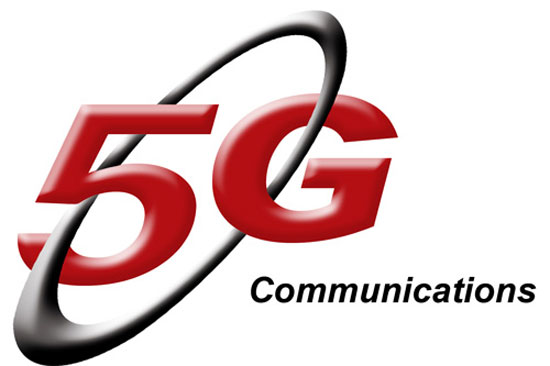What is the difference between 4G and 4G networks?
While there is no exact definition of 5G technology, it is possible to imagine 5G will be much faster than 4G, without coverage issues and using satellite stations.
4G networks have been widely available in the past few years, but the 5G network can become a reality next year. Even mobile and LTE Wimax networks that 4G telecom companies still don't meet 4G technology standards.

In early January 2012, the International Telecommunications Union (ITU - International Telecommunications Union) certified only two technologies: LTE-Advanced and WirelessMAN-Advanced (WiMAX 2) to meet 4G network standards. According to ITU standards, 4G networks must achieve speeds of 100Mbit / s when traveling at high speed and 1Gbit / s speed for fixed devices.
Because 5G comes after 4G, it is expected to be much faster. However, there are no documents that specify exactly how much faster.
As mentioned above, there is no fixed standard of 5G yet, the prestigious industry of the telecommunications industry has never given a specific definition of 5G. However, according to all the ideas that appear about this technology, 5G will be much better than 4G. Instead of terrestrial base stations being used by 2G, 3G networks and the upcoming 4G, maybe 5G will use High Altitude Stratospheric Platform Stations (HAPS).
Basically, HAPS stations are airplanes suspended in a fixed position from 17km to 22km above the ground and act as a satellite. This way will make the signal line more straight and reduce the situation that is hindered by high-rise architecture. In addition, thanks to the altitude, the base station has the ability to cover large areas; thus reducing, if not eliminating, problems of coverage area. Even on the sea, where the broadcast stations on the mainland can't cover, there's also a 5G signal.
If you think it's too early to talk about 5G networks, remember that a decade ago, 4G networks were once considered strange.
In short, we can now imagine the big differences between 4G and 5G as follows:
1. The 4G network can be popular from 2014-2015, while the 5G network must reach 2019 to become a reality.
2. The 5G network will be significantly faster than 4G.
3. The 5G network will not use ground-based base stations like 4G but use HAPS stations.
4. The 5G network will no longer have network coverage issues.
In addition to the aforementioned points, the 5G network will certainly bring significant improvements in data transfer methods, help save energy, add features to the hardware, etc. However, we have to wait more. In the future, there will be more specific and practical information.
 The power of the Scroll key
The power of the Scroll key Screen capture on computer and phone
Screen capture on computer and phone The best website load testing tools available today
The best website load testing tools available today 7 useful software for office people
7 useful software for office people Simple steps to set a password for text documents
Simple steps to set a password for text documents What to do when the device does not receive a Bluetooth device?
What to do when the device does not receive a Bluetooth device?